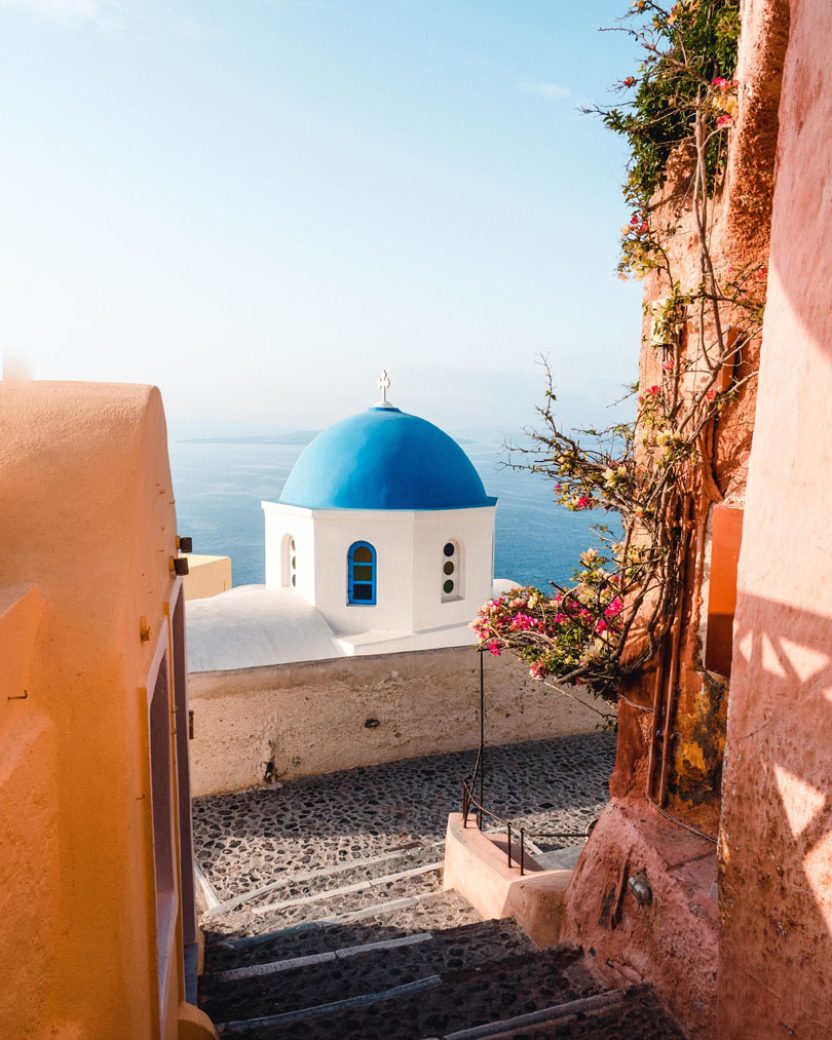
In the southern part of the island lies the important archaeological site of Akrotiri. Evidence of human habitation at the historic site of Akrotiri, dates back to 4500 BC, when the village started to grow from a small fishing and farming village that it was, to become very important in the trading business in the Aegean.
The residents’ occupations as engineers, architects, town planners, builders and even artists also become clear from the excavations.
Akrotiri had an unfortunate end around 1613 BC, as one of the most powerful volcanic eruptions ever known and a major earthquake occurred and buried the town under volcanic ash. This helped in the preservation of the remains of the settlement. The eruption was so strong that it changed the morphology of the island of Santorini and connected it with the myth of Lost Atlantis, though this has not been proven scientifically.
You can easily get there by bus, which drops you off in 30 minutes in front of the site.


The second most important historic period in the history of Santorini is connected with Ancient Thera, which represents a great ancient civilization.
Ancient Thera is located on the top of Mesa Vouno Mountain which lies on the east of Prophet Elias Mountain and separates the coastal villages of Perissa and Kamari. It is about 365 meters high and constitutes an excellent observation spot on the southeastern Aegean Sea. This strategic position was the ideal place for the Lacedaemonian colonists to build their town. They arrived in the 8th century BC along with their king Theras and named the island Thera in his honor. At this spot there were also several building materials and the only natural springs on the island.
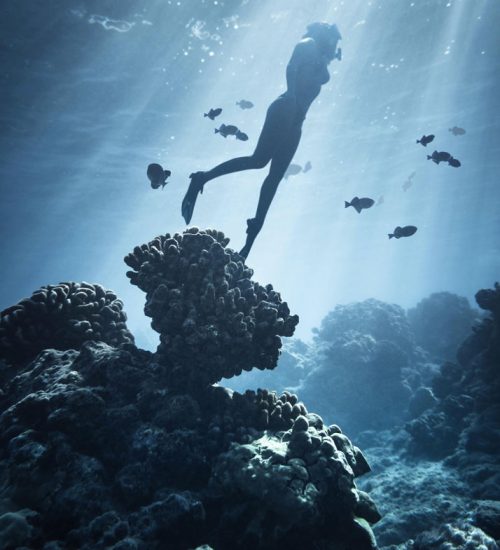
Tour Desk
The mineral rich waters of Santorini flourish with marine life and there are several diving schools that will take you out to see it. This is a unique way to experience Santorini and its volcanic origins. Even if you have never scuba dived before, you can learn on the spot guided by professionals.
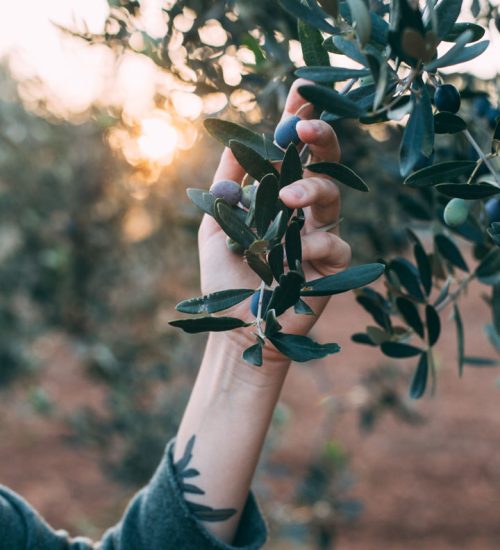
Tour Desk
You can visit a farm that produces all the local vegetables that make Santorini famous with Mr. Yiannis Nomikos Estate- “Santorini Earth Goods”. It is located on the road from Kamari to Akrotiri. +30 6972 232743. Best to arrange a visit in advance.

Tour Desk
For an unforgettable day out, try hopping on a catamaran or sailboat to take in the local surroundings by day or evening. The jaw-dropping views combined with refreshing swims in the sea, visits to hot springs, and beaches make for a superb experience and highly recommended.
There are 4 walking tours that are along the coast and connected by local bus. More walking tours can be done inland but with less connections.
The most popular is FIRA-IMEROVIGLI-OIA, which stretches 12 km (10 miles) entirely along the edge of the caldera and offers spectacular views of the sea and the island. About 3.5-4 hours.
FOINIKIA-KIRA PANAGIA-KOULOUBOS. Foinikia is a delightful village that still retains its rustic charm. The path winds through the village and passes many old canavas (caves) and ends at the coastal road in Pano Mera. 5 km and about 1.5 hours.
PYRGOS TO ANCIENT THERA. This path connects the beautiful village of Pyrgos to the ancient site of Thera high up the mountain and where the Monastery of Prophet Elias is situated. It’s about 4.5 km in distance but rather rustic walking trail and takes 2.5 hours to reach.
PYRGOS TO MEGALOCHORI. From one pretty village to another, Megalochori is a very residential and traditional village in Santorini with few tourists. The views over the island out to the sea are breathtakingly beautiful. 2.5 km and about 1 hour to arrive in Megalochori.
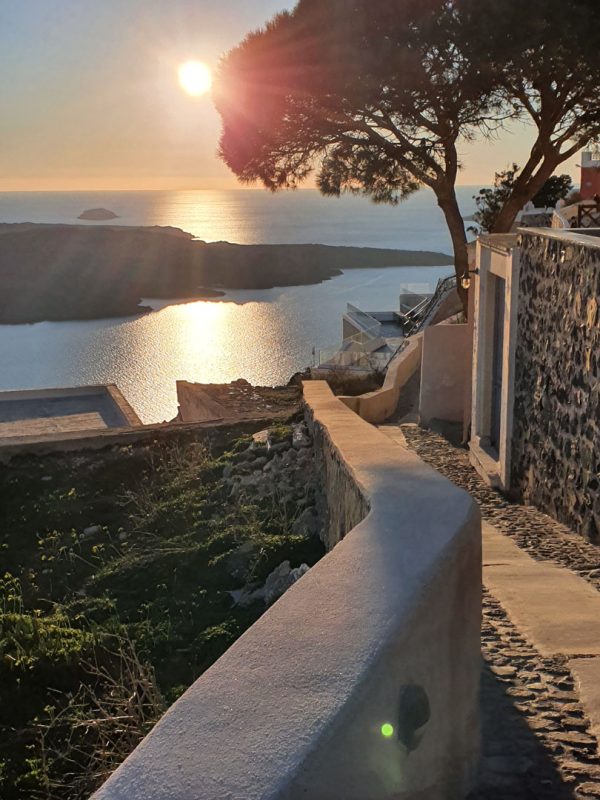
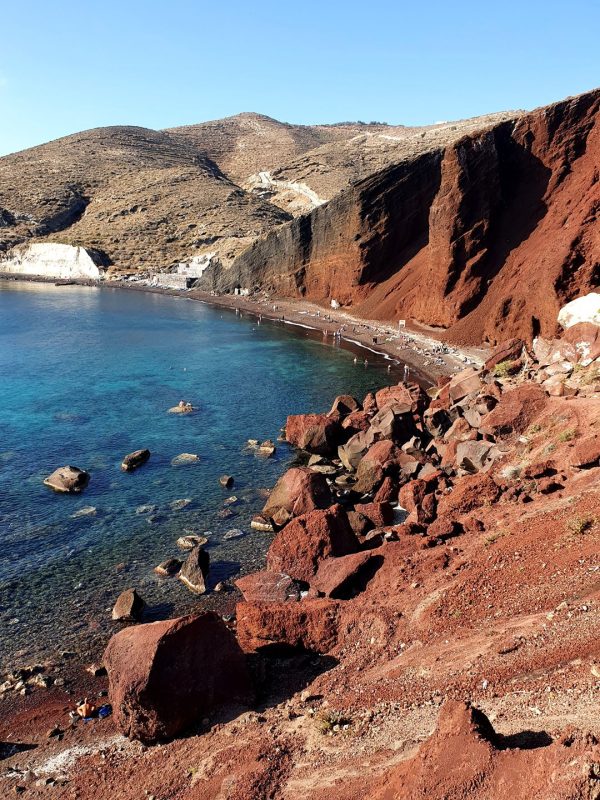
If you enjoy being at the water, take time to visit the unique beaches of Santorini, which are shaped by its volcanic past. The southeast side of Santorini features long beaches characterized by the volcanic sand, these are the beaches of Perivolos, Perissa, and Kamari with sunlounge chairs and small restaurants.
Just next to Mount Vouna, Perissa Beach offers a long stretch of black sand along the southeast coast of Santorini. There is a full range of restaurants, sun chairs, and cocktails served on the beach. You can enjoy crystal clear water for swimming as the water is calm with very little waves and long hours of relaxation on sun chairs.
Perivolos is just next to Perissa Beach and is almost indistinguishable. It offers the same activities of renting jet skis and paragliding and is slightly more upscale for bars and restaurants with music.
Kamari Beach, a more family-oriented village packed with tavernas, cafes, and beach bars has more people than any of the other beaches on the island and even has its own cinema which operates year-round.
The iconic Red Beach, with its red sand and rock formations, the White Beach (accessible only by boat), and the amazing Vlychada Beach with its lunar landscape are all a great way to combine walking with relaxation in wilder parts of Santorini. Mesa Pigadia Beach is a lesser-known beach accessible via a steep road, but worthwhile for its stunning landscape and views out to the sea.
The Akros Beach Bar at Mesa Pigadia Beach serves up a great selection of drinks, food, and cocktails. Interestingly, they offer a safe to put your valuables if you decide to swim through the cave over to White Beach! Vlychada Beach offers a small stretch of sandy beach, crystal clear waters for swimming, and sun chairs with a small café for simple lunches.
The Theros Wave Bar at Vlychada Beach blends the beach experience perfectly with its incredible views from the restaurant/bar and private cabanas and sun lounges. The seafood and drinks will keep you coming back for more, with mostly couples enjoying the vibe of chilled music and low-key ambience.
To explore further, there are also very nice beaches at Caldera Beach, and finally Ammoudi Bay near Oia.

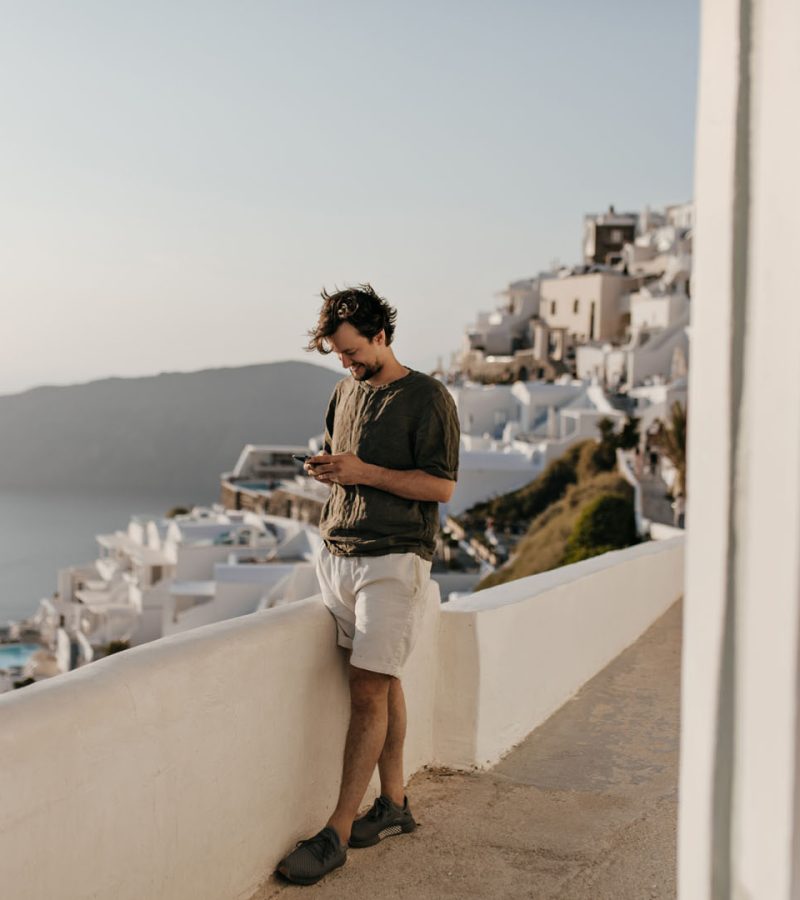

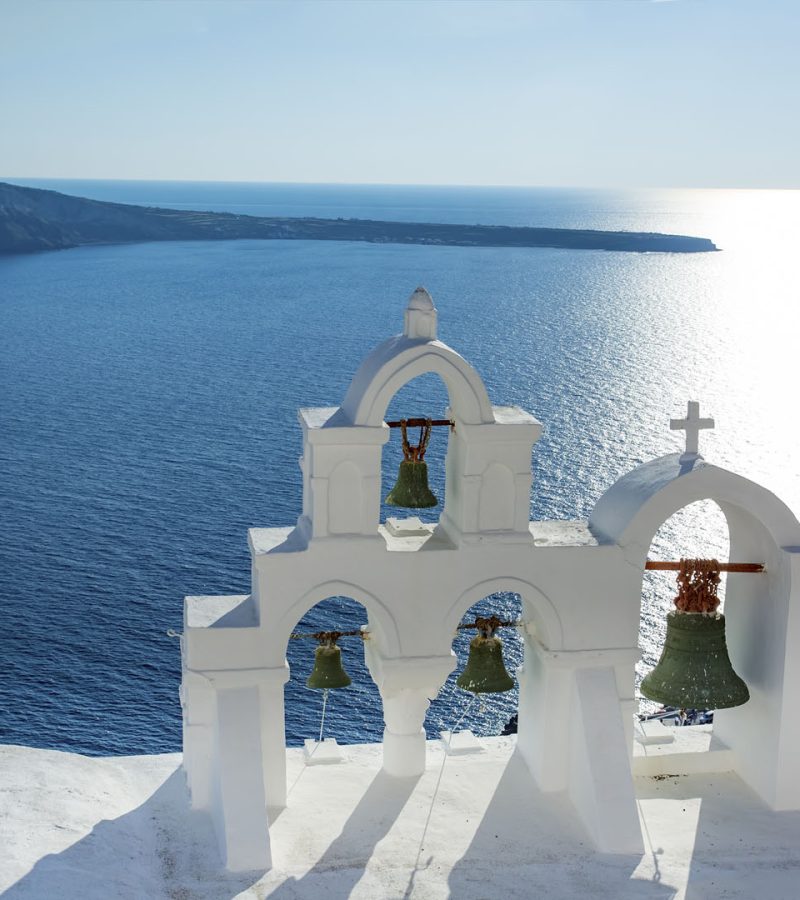
Winemaking Santorini goes back 3.500 years old and thus it’s considered to be one of the oldest vineyards of the planet.
Moreover, it’s ‘self-rooted’, which means that it has never been affected by the phylloxera, the insect which had destroyed the European vine roots in the late 19th century.
The soil is of volcanic origin, porous, extremely poor in organic matters and full of minerals. Strong winds, lack of rainfall and high temperatures during summer make the life of vines difficult on the island. In fact, the vines struggle to survive and the yield of the vineyards here is the lowest in Greece.
The vines absorb the water they need from the precious sea mist during spring and summer months, while they are trained in a basket shape with the aim to protect the grapes from the winds and the intense sunlight.
There are many vineyards, wineries, and even museums dedicated to the grape. Several companies specialize in taking small groups around the island for a day to visit vineyards and wineries.
